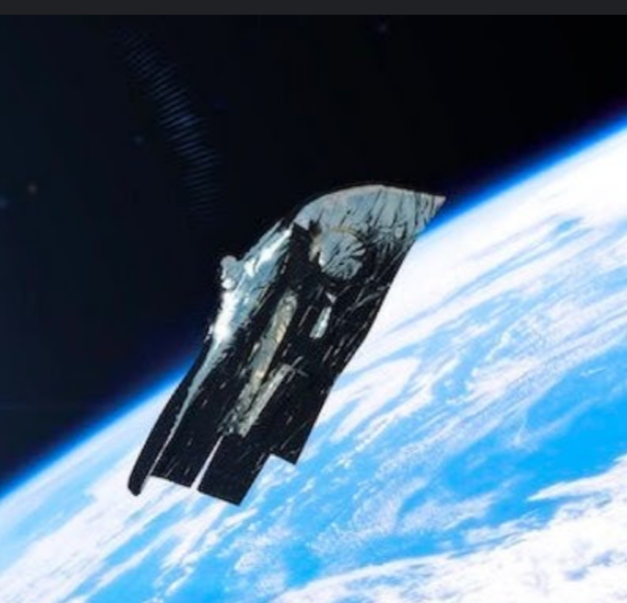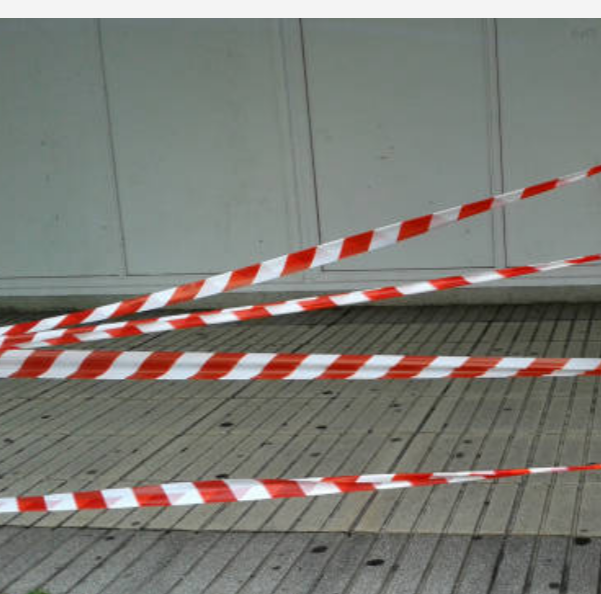
A newly published study in the the Lancet Oncology journal has found that the use of AI in mammogram cancer screening can safely cut radiologist workloads nearly in half without risk of increasing false-positive results. In effect, the study found that the AI’s recommendations were on par with those of two radiologists working together.
“Artificial intelligence upheld mammography screening brought about a comparative disease location rate contrasted and standard twofold perusing, with a significantly lower screen-understanding responsibility, demonstrating that the utilization of computer based intelligence in mammography screening is protected,” the review found.
The study was performed by a research team out of Lund University in Sweden and, accordingly, followed 80,033 Swedish women (average age of 54) for just over a year in 2021-2022 . Of the 39,996 patients that were randomly assigned AI-empowered breast cancer screenings, 28 percent or 244 tests returned screen-detected cancers.
Of the other 40,024 patients that received conventional cancer screenings, just 25 percent, or 203 tests, returned screen-detected cancers.
Of those extra 41 cancers detected by the AI side, 19 turned out to be invasive. Both the AI-empowered and conventional screenings ran a 1.5 percent false positive rate. Most impressively, radiologists on the the AI side had to look at 36,886 fewer screen readings than their counterparts, a 44 percent reduction in their workload.
“These promising interim safety results should be used to inform new trials and program-based evaluations to address the pronounced radiologist shortage in many countries, but they are not enough on their own to confirm that AI is ready to be implemented in mammography screening,” lead author, Dr Kristina Lång, warned in a release.
“We still need to understand the implications on patients’ outcomes, especially whether combining radiologists’ expertise with AI can help detect interval cancers that are often missed by traditional screening, as well as the cost-effectiveness of the technology.”
Read More ( Here )
© CopyRights RawNews1st




